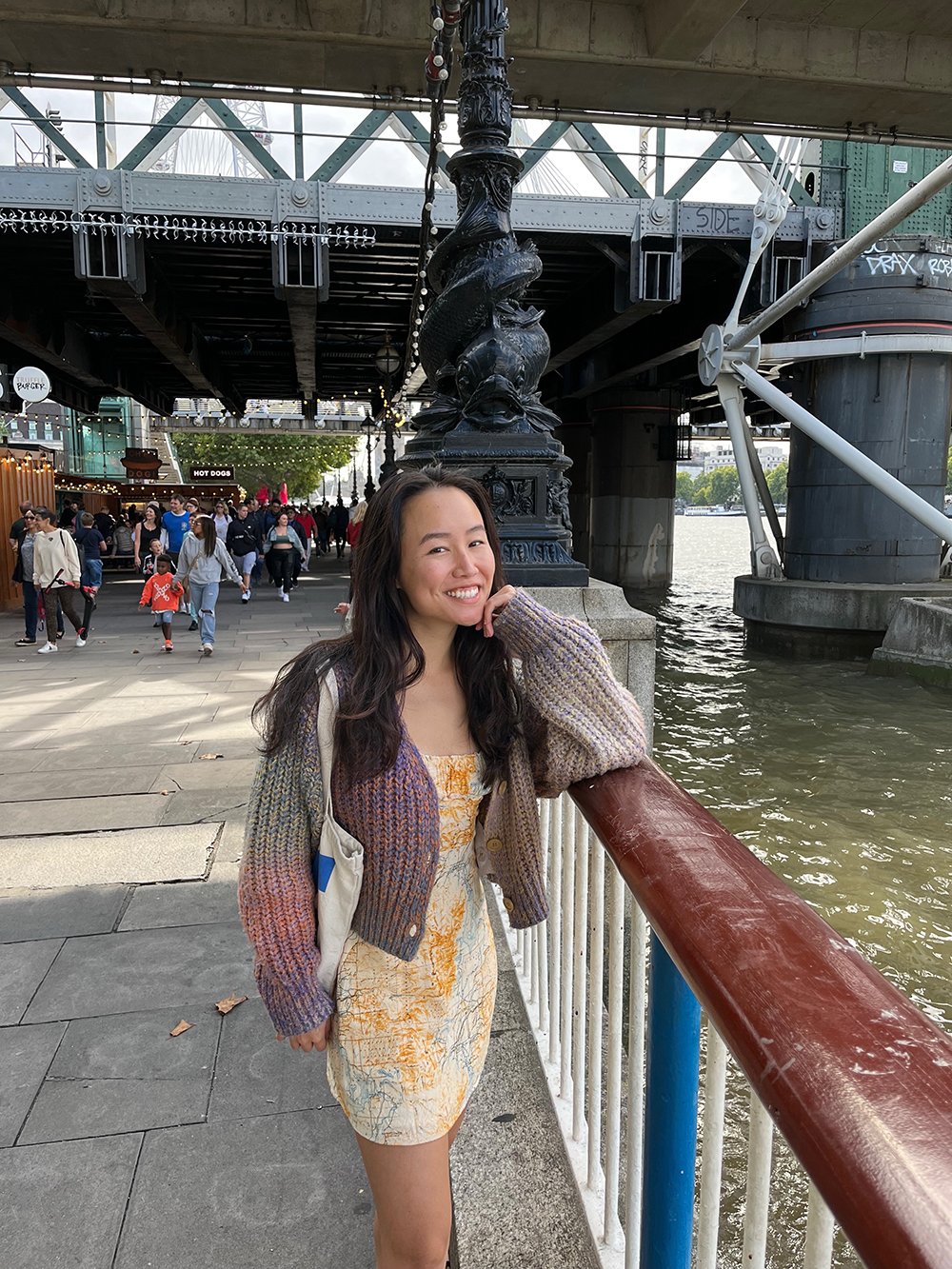The Edward-Readicker-Henderson Travel Classics Memorial Scholarship
for New and Emerging Travel Writers

2025 Winner: Josephine Wong
Born in Hong Kong and now based in NYC, Josephine Wong is an emerging travel writer, photographer, and painter whose work has appeared in Condé Nast Traveler. She’s spent extended time in Hawaii, Japan, Italy, Bali, and the UK, and visited over 30 countries by the age of 22. A former graphic designer, she now creates social content for boutique hotels and luxury rentals. Passionate about solo travel, Josephine enjoys hiking, design-forward hotels, and visual storytelling.
About the Scholarship:
Contestants were asked to write a 750-word essay about their home town. In addition to the complimentary $900 conference fee, the Scholarship Prize includes 3 nights-accommodations at the Chateau Frontenac in Quebec City, a $1,000 stipend, plus the priceless opportunity to network with top magazine editors and award-winning writers at this sold-out boutique conference.
Here is Josephine’s winning story, “Morning Calls”
“Morning,” someone calls as I meander past La Española Meat Market, its windows layered with ads for roast chicken and Goya beans. A nod, a wave, a “buenos días” from the men parked on their stoops, watching the neighborhood wake up. Not something you expect in New York City, where people move fast and look past you. But it happens here in my stretch of Southside Williamsburg, a Brooklyn neighborhood caught between the sleek cafés of the north and the Hasidic blocks to the south. Not everywhere, just this stretch, where Puerto Rican families who’ve lived here for generations still hold their ground, in the shadow of the Williamsburg Bridge.
Williamsburg, outsiders think, is all sleek rooftop bars, oat milk lattes, and the old Domino Sugar Refinery, now a gleaming waterfront development. But outside my bodega, old men sit on folding chairs and slap down dominos, as bachata spills from a nearby speaker. The click- clack of fake ivory lingers. It reminds me of home, of Hong Kong, where elderly women shuffled mahjong tiles with the same sharp clatter, their conversations weaving around the game.
Different city, different language, same heartbeat of community.
Around the corner, a man with weathered hands sits alone, always sanding, painting, or carving something with quiet focus. He doesn’t speak English, but he doesn’t need to. When I stop to watch, he holds up his latest piece proudly. I give him a thumbs up, he returns it, and I keep moving, past the laundromat humming with dryers.
The smell of roasted chorizo and potatoes hits as I pass Ceremonia Bakeshop, a Dominican- Vietnamese bakery. The famous breakfast burritos aren’t for me, I’m vegetarian, but I stop in anyway, grabbing a Thai tea cookie and a coconut mochi muffin.
Summers here belong to the streets. Fire hydrants crack open, and kids waddle and splash like ducklings in rainwater, slipping, laughing, their shirts clinging to their backs. Their parents gather nearby, swapping “chisme” (gossip) over cold drinks beaded with condensation. Music plays. Someone is always grilling. These moments still belong to Los Sures, as this neighborhood was once called—a name that lingers, even as much of its past has been paved over.
But community runs deeper than just stoop chats and strains of merengue. What defines this place is how neighbors show up for one another. Last week, when pain left me barely able to stand, my neighbor drove me to the ER, twice, and sat with me for hours. No hesitation, no questions. I’ve walked dogs when someone got stuck at work, passed around kitchen supplies, shared job leads, and vented about our landlords. It’s usually some version of the same story: neglect, rent hikes, another longtime neighbor forced to move. These small exchanges hold the neighborhood together, even as gentrification chips away at the people and places that built it.
I am part of that shift. I moved here with a tech job, though I’m unemployed now. Through luck, I landed a rent-stabilized apartment. I buy Advil at the Puerto Rican-run pharmacy and paper towels at the dollar store. But I also shop at Trader Joe’s and grab grain bowls from sweetgreen, caught between two versions of Williamsburg. Each year, old storefronts disappear, replaced by something shinier, something more expensive. I know my neighbors by name, but the block feels more like a tidepool lately, steady on the surface, always shifting underneath.
You won’t find “Los Sures” on a map, but you can still feel it on certain corners, where music floods from open windows, neighbors still pull out folding chairs, and conversations linger long after the voices fade. At the center of it all is the Caribbean Social Club—better known as “Toñita’s” after the nickname of its owner, Maria Antonia Cay—one of the last Latinx social clubs in Brooklyn. For over 50 years, Toñita has kept this watering hole going on Grand Street, hosting dinner, dances and domino games as the neighborhood changes around her. Inspectors come. Costs climb. But when asked if she plans to sell, she shrugs and says, “As long as I’m alive, we will continue to be open.” That’s the spirit of Los Sures. Not polished. Not profitable. But rooted. Fierce and still standing.

